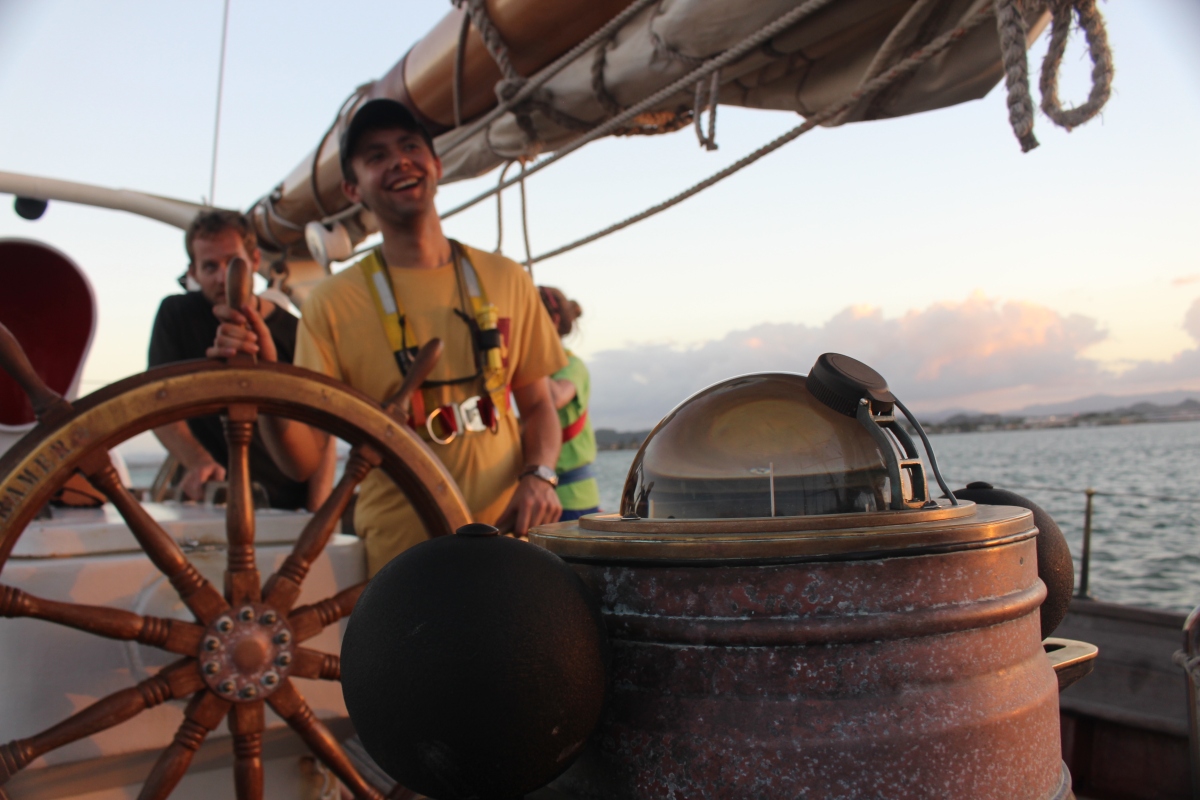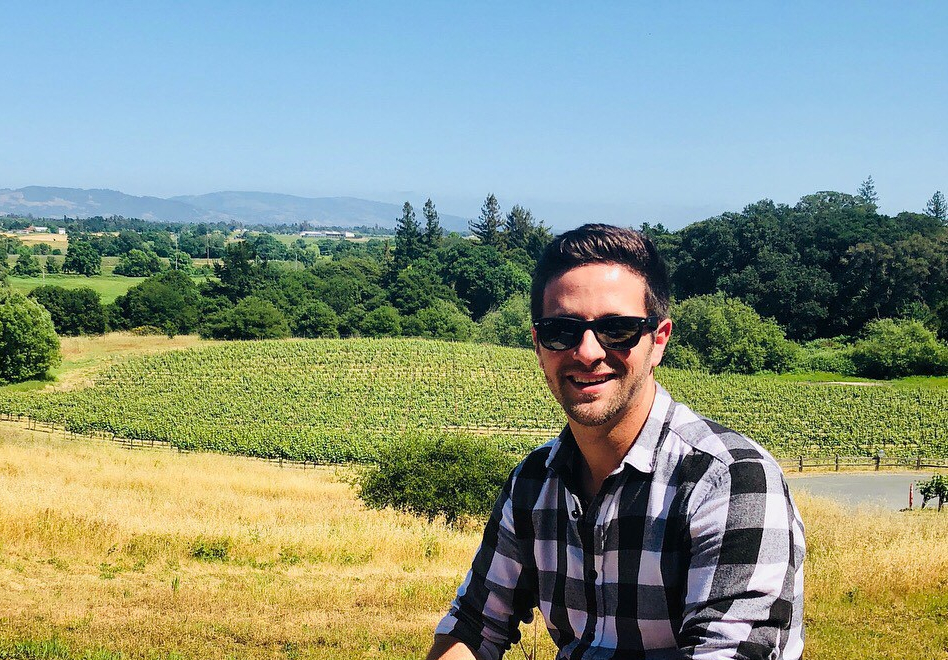This post was written by S’96 alumna and Associate Professor of Geosciences and Marine Science, Lisa Gilbert.
Then:
Williams-Mystic Fall 2008
Swarthmore College ’10: Studio Art major, Education minor
Williams-Mystic Skill: “Shipsmithing with a dose of chanteys after smithing was over. They only overlapped by half an hour, so when smithing was done, I’d step outside and listen for Don or Marc’s voices to go join them. They were always easy to find.”
“After high school and college, I had begun to be frustrated by the ways in which academics can lose sight of the real world beyond the ivory tower. I was delighted to find a program that immersed us not only in rigorous research and readings, but also exposed us to source materials, site-specific experiences, fieldwork, and direct and relevant applications of our studies to the current maritime world.”
Now:
Nicole is an Art Teacher at Fort River Elementary School in Amherst, MA.
“I teach 4 to 12-year-olds about art! Actually, it’s way more than that. I’m teaching everything from fine motor development to materials safety to art techniques to visual thinking to socio-emotional development. It’s a huge undertaking, and hugely rewarding, both for me and the students. I like that it’s a varied job – I get to do a lot of different kinds of art with a lot of different students of many different ages, levels, and journeys of artistic development. Plus I get to collaborate with other teachers to create interdisciplinary curricula, which is my favorite way to teach.”
Between then and now:
After Williams-Mystic, Nicole was an Environmental Educator on the Sloop Clearwater and Deckhand aboard the Schooner Mystic Whaler. She was Ceramics Instructor at Buck’s Rock Performing and Creative Arts Camp and a teaching intern at the Museum of Fine Arts in Boston. She completed an M.A. in Teaching and Art Education at Tufts University and the School of the Museum of Fine Arts-Boston.
“I quickly found a sailing job after college and pursued marine environmental education for a bit before starting my land-based career as an art teacher. I loved it all, and I’m glad to have a well-rounded variety of teaching experiences both on land and on the water. Surf and turf training, I call it.
“My time in the chanteys class at Williams-Mystic was also the launching pad for my musical pursuits. I’ve performed up and down the east coast, and I now organize several festivals including Youth Traditional Song Weekend. Mystic Seaport is a hub of excellent maritime music scholarship and performance, and I’ve been enjoying staying a part of that community of researchers and singers in the years beyond Williams-Mystic.“
Interdisciplinary learning:
“Williams-Mystic proved to me what I’d already suspected about interdisciplinary immersive learning – that it is, hands-down, the best way to show students the depth of a topic, and the importance of the connections between that topic or discipline with other disciplines that relate to it. Everything in our world is connected to other things, and it is essential for students to develop an understanding of the world as being an interconnected place.
“Plus, Williams-Mystic is an excellent model for faculty collaboration, and I try to carry some of those positive ways of interacting, collaborating, and working towards common goals into my relationships with my colleagues where I teach now.”
How did WM change your worldview?
“I was really floored not only by what I was learning about the maritime world but also by how it was being taught. The content and the pedagogy of the program gave me an awareness and appreciation for the world’s waters as well as an excellent model for some of the best teaching and learning practices around. As a scholar of the sea and an educator in many subjects, this was an eye-opener and enormously important for me.”







 This post was written by S’18 alumna
This post was written by S’18 alumna 








